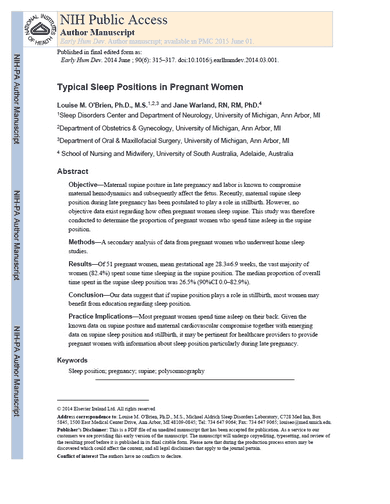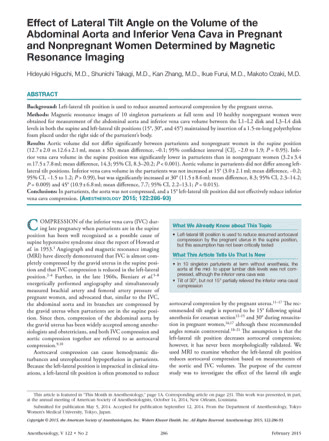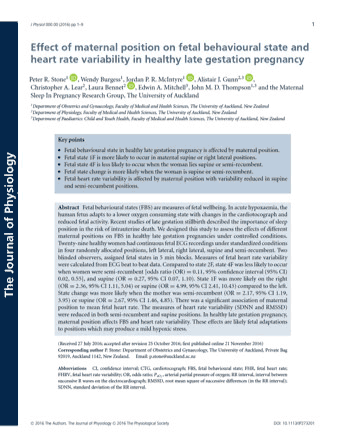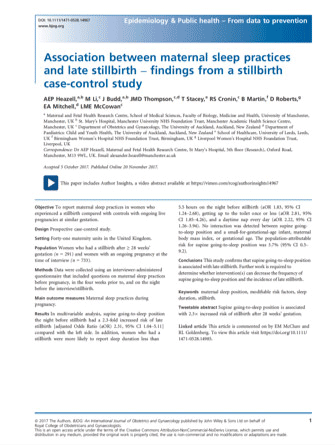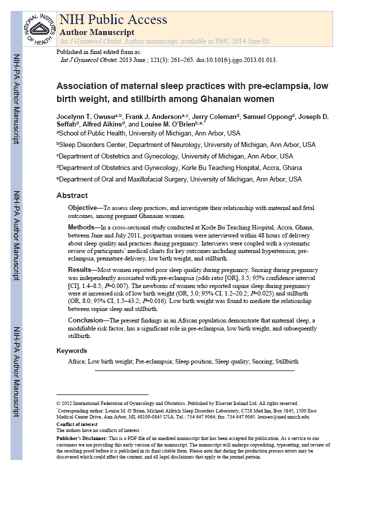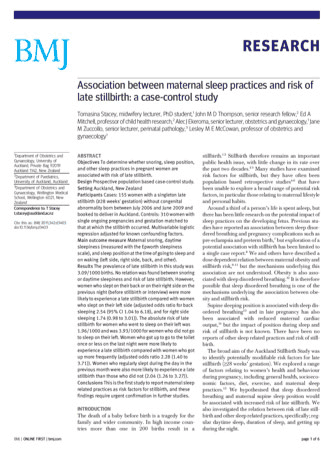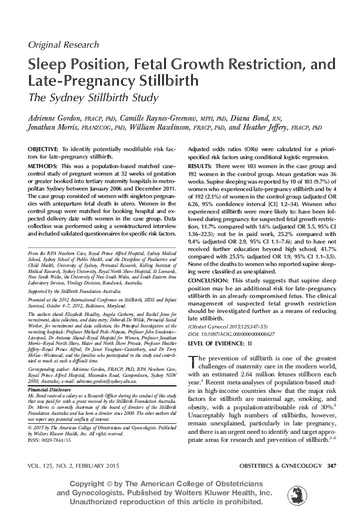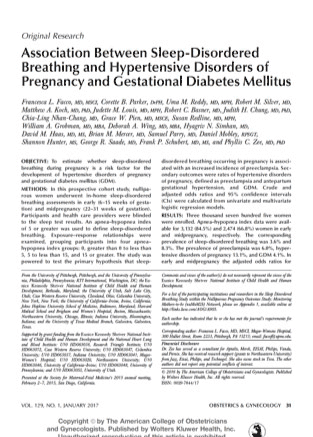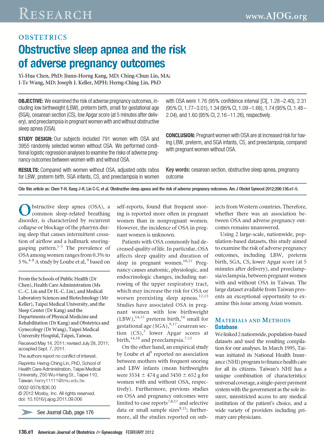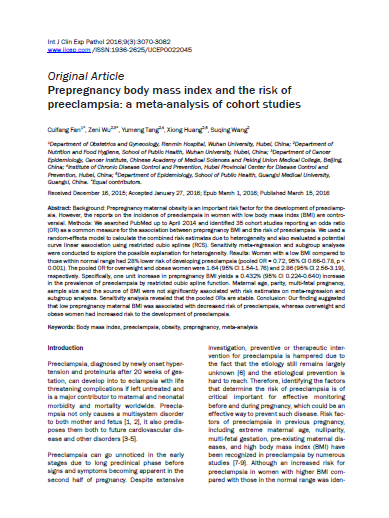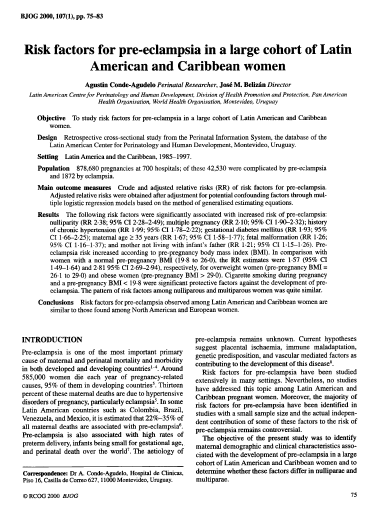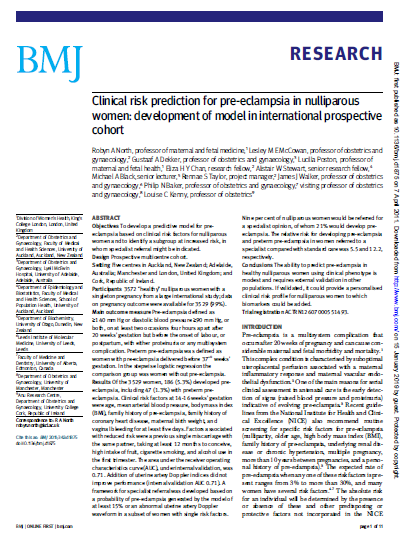The Science
Clinical Data for Healthcare Professionals
Supine sleep in pregnancy
Typical Sleep Positions in Pregnant Women
Of 51 pregnant women, mean gestational age 28.3±6.9 weeks, the vast majority of women (82.4%) spent some time sleeping in the supine position. The median proportion of overall time spent in the supine sleep position was 26.5% (90%CI 0.0–82.9%).
Louise M. O'Brien, Ph.D., M.S. and Jane Warland, RN, RM, PhD.
Supine position restricts uterine blood flow
Effect of Lateral Tilt Angle on the Volume of the Abdominal Aorta and Inferior Vena Cava in Pregnant and Nonpregnant Women Determined by Magnetic Resonance Imaging
Inferior vena cava volume in the parturients was significantly increased at 30° (11.5 ± 8.6 ml; mean difference, 8.3; 95% CI, 2.3–14.2; P = 0.009) and 45° (10.9 ± 6.8 ml; mean difference, 7.7; 95% CI, 2.2–13.1; P = 0.015).
Hideyuki Higuchi, M.D., Shunichi Takagi, M.D., Kan Zhang, M.D., Ikue Furui, M.D., Makoto Ozaki, M.D.
Effect of maternal position on fetal behavioural state and heart rate variability in healthy late gestation pregnancy
In the maternal supine position, the fetus is 5 times as likely to have low oxygen delivery to the brain.
Peter R. Stone, Wendy Burgess, Jordan P. R. McIntyre, Alistair J. Gunn, Christopher A. Lear, Laura Bennet, Edwin A. Mitchell, JohnM. D. Thompson and the Maternal Sleep In Pregnancy Research Group, The University of Auckland
Supine sleep is associated with stillbirth, IUGR, low birthweight, and NICU admission
Association between maternal sleep practices and late stillbirth – findings from a stillbirth case-control study (UK MiNess Study)
Supine going-to-sleep position the night before stillbirth had a 2.3-fold increased risk of late stillbirth [adjusted Odds Ratio (aOR) 2.31, 95% CI 1.04–5.11] compared with the left side. This is the largest (1000+ participants) of four similar studies that have all shown the same link between the position in which a mother goes to sleep and stillbirth after 28 weeks of pregnancy.
AEP Heazell, M Li, J Budd, JMD Thompson, T Stacey, RS Cronin, B Martin, D Roberts, EA Mitchell, LME McCowan
Association of maternal sleep practices with pre-eclampsia, low birth weight, and stillbirth among Ghanaian women
Snoring during pregnancy was independently associated with pre-eclampsia (odds ratio [OR], 3.5; 95% confidence interval [CI], 1.4–8.5; P=0.007). The newborns of women who reported supine sleep during pregnancy were at increased risk of low birth weight (OR, 5.0; 95% CI, 1.2–20.2; P=0.025) and stillbirth (OR, 8.0; 95% CI, 1.5–43.2; P=0.016).
Jocelynn T. Owusu, Frank J. Anderson, Jerry Coleman, Samuel Oppong, Joseph D. Seffah, Alfred Aikins, Louise M. O'Brien
International Journal of Gynecology and Obstetrics 121 (2013) 261–265
Association between maternal sleep practices and risk of late stillbirth: a case-control study (Auckland Stillbirth Study)
Women who slept on their back or on their right side on the previous night (before stillbirth or interview) were more likely to experience a late stillbirth compared with women who slept on their left side (adjusted odds ratio for back sleeping 2.54 (95% CI 1.04 to 6.18), and for right side sleeping 1.74 (0.98 to 3.01)).
Tomasina Stacey, midwifery lecturer, PhD student, John M D Thompson, senior research fellow, Ed A Mitchell, professor of child health research, Alec J Ekeroma, senior lecturer, obstetrics and gynaecology, Jane M Zuccollo, senior lecturer, perinatal pathology, Lesley M E McCowan, professor of obstetrics and gynaecology
Sleep Position, Fetal Growth Restriction, and Late-Pregnancy Stillbirth: The Sydney Stillbirth Study
Supine sleeping was reported by 9.7% of women who experienced late-pregnancy stillbirth and by 2.1% of women in the control group (adjusted OR 6.26, 95% confidence interval [CI] 1.2–34).
Adrienne Gordon, FRACP, PhD, Camille Raynes-Greenow, MPH, PhD, Diana Bond, RN, Jonathan Morris, FRANZCOG, PhD, William Rawlinson, FRACP, PhD, and Heather Jeffery, FRACP, PhD
Supine sleep increases incidence and severity of snoring and sleep apnea
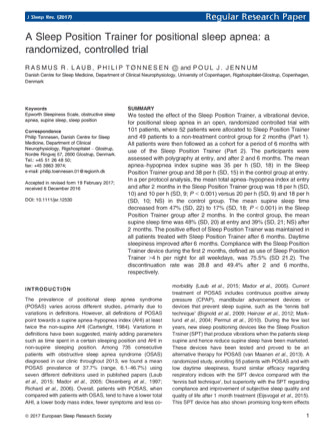
A Sleep Position Trainer for positional sleep apnea: a randomized, controlled trial
"The mean supine sleep time decreased from 47% (SD, 22) to 17% (SD, 18; P < 0.001) in the Sleep Position Trainer group after 2 months."
RASMUS R . LAUB, PHI L I P TØNNESEN and POUL J . JENNUM, Danish Centre for Sleep Medicine, Department of Clinical Neurophysiology, University of Copenhagen, Rigshospitalet-Glostrup, Copenhagen, Denmark
J Sleep Res. 2017 Oct;26(5):641-650. (Summary)
Sleep disordered breathing is associated with preeclampsia and gestational diabetes
Association Between Sleep-Disordered Breathing and Hypertensive Disorders of Pregnancy and Gestational Diabetes Mellitus (GDM)
When sleep-disordered breathing was present in midpregnancy, the adjusted odds ratio for preeclampsia was 1.95 (95% CI 1.18–3.23); hypertensive disorders of pregnancy was 1.73 (95% CI 1.19– 2.52); and gestational diabetes was 2.79 (95% CI 1.63–4.77).
Francesca L. Facco, MD, MSCI, Corette B. Parker, DrPH, Uma M. Reddy, MD, MPH, Robert M. Silver, MD, Matthew A. Koch, MD, PhD, Judette M. Louis, MD, MPH, Robert C. Basner, MD, Judith H. Chung, MD, PhD, Chia-Ling Nhan-Chang, MD, Grace W. Pien, MD, MSCE, Susan Redline, MD, MPH, William A. Grobman, MD, MBA, Deborah A. Wing, MD, MBA, Hyagriv N. Simhan, MD, David M. Haas, MD, MS, Brian M. Mercer, MD, Samuel Parry, MD, Daniel Mobley, RPSGT, Shannon Hunter, MS, George R. Saade, MD, Frank P. Schubert, MD, MS, and Phyllis C. Zee, MD, PhD
Obstructive sleep apnea and the risk of adverse pregnancy outcomes
Compared with women without OSA, adjusted odds ratios for LBW, preterm birth, SGA infants, CS, and preeclampsia in women with OSA were 1.76 (95% confidence interval [CI], 1.28 –2.40), 2.31 (95% CI, 1.77–3.01), 1.34 (95% CI, 1.09 –1.66), 1.74 (95% CI, 1.48 – 2.04), and 1.60 (95% CI, 2.16 –11.26), respectively.
Yi-Hua Chen, PhD; Jiunn-Horng Kang, MD; Ching-Chun Lin, MA; I-Te Wang, MD; Joseph J. Keller, MPH; Herng-Ching Lin, PhD
Risk factors for preeclampsia, hypertension and premature birth
Prepregnancy body mass index and the risk of preeclampsia: a meta-analysis of cohort studies
Cuifang Fan, Zeni Wu, Yumeng Tang, Xiong Huang, Suqing Wang
Risk factors for pre-eclampsia in a large cohort of Latin American and Caribbean women
Agustin Conde-Agudelo, José M. Belizán
Clinical risk prediction for pre-eclampsia in nulliparous women: development of model in international prospective cohort
Robyn A North, Lesley M E McCowan, Gustaaf A Dekker, Lucilla Poston, Eliza H Y Chan, Alistair W Stewart, Michael A Black, Rennae S Taylor, James J Walker, Philip N Baker, Louise C Kenny
